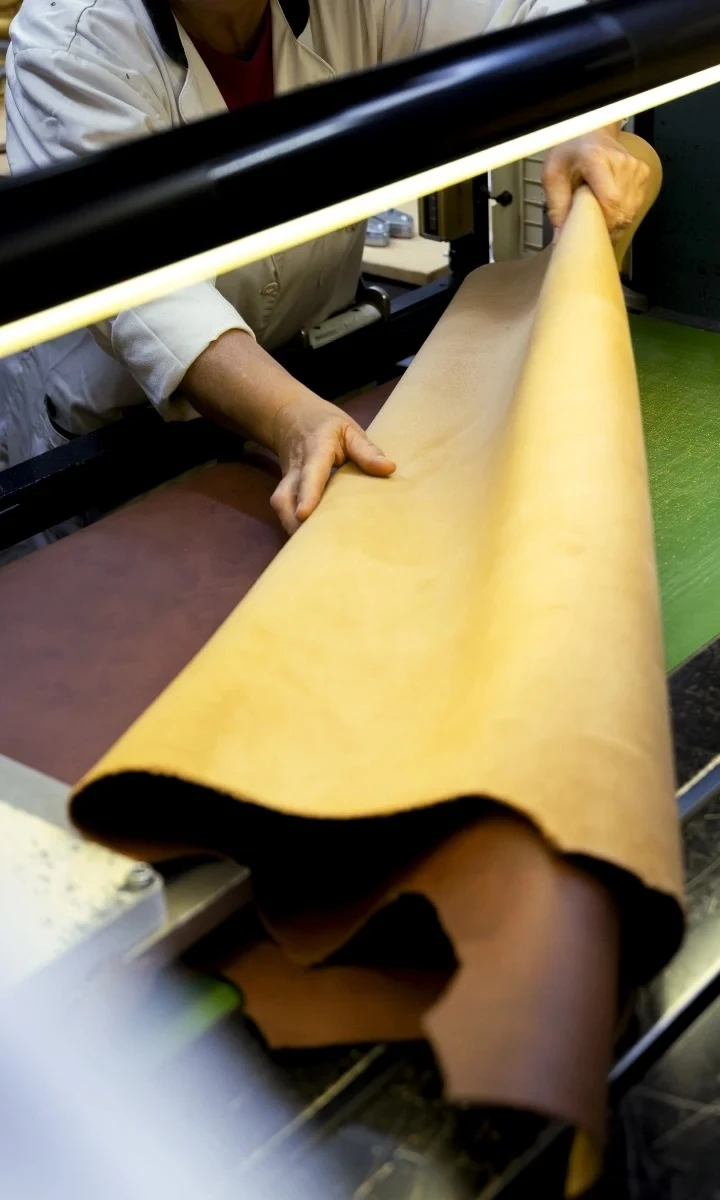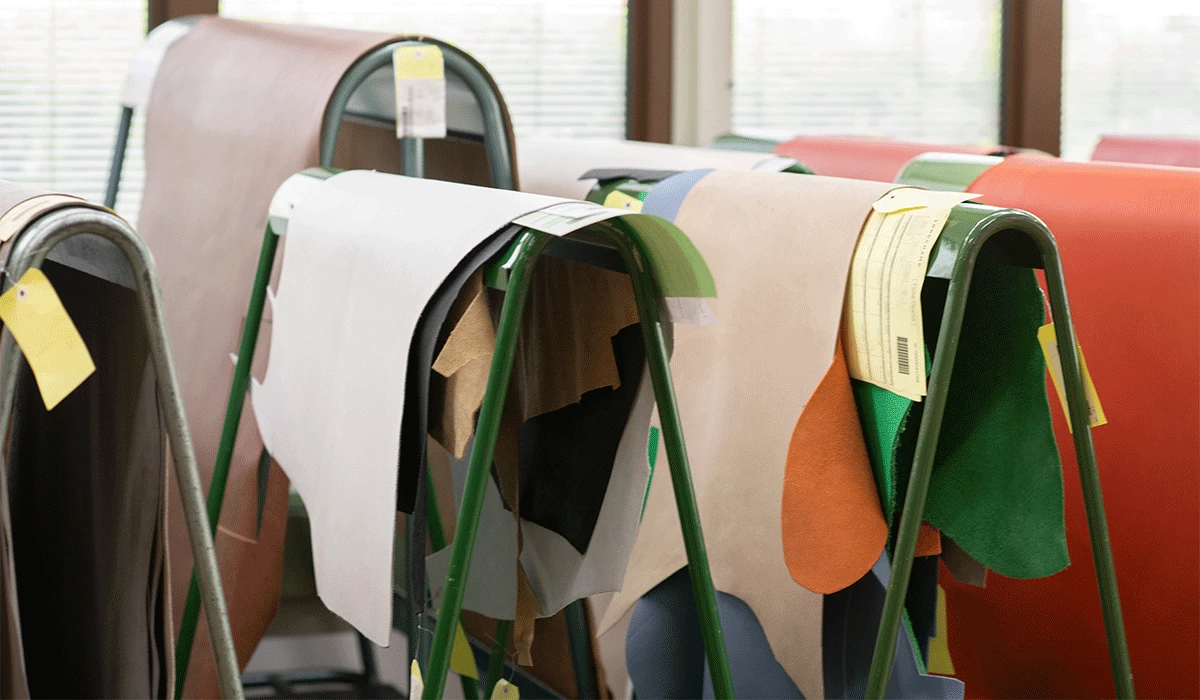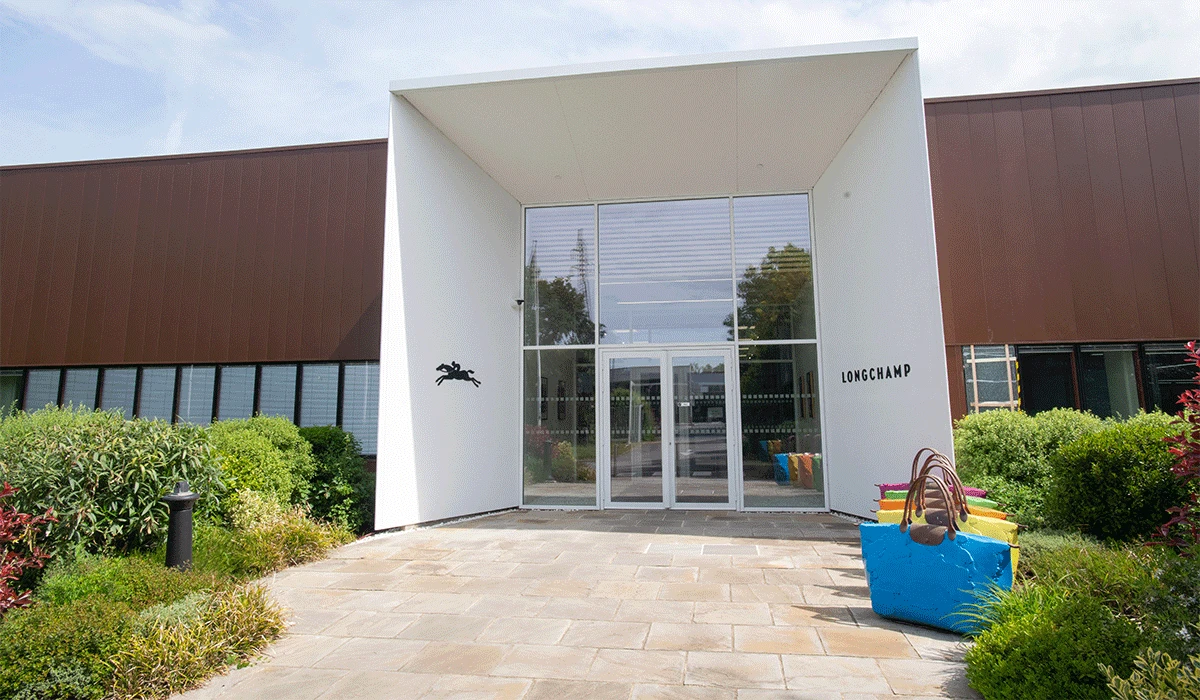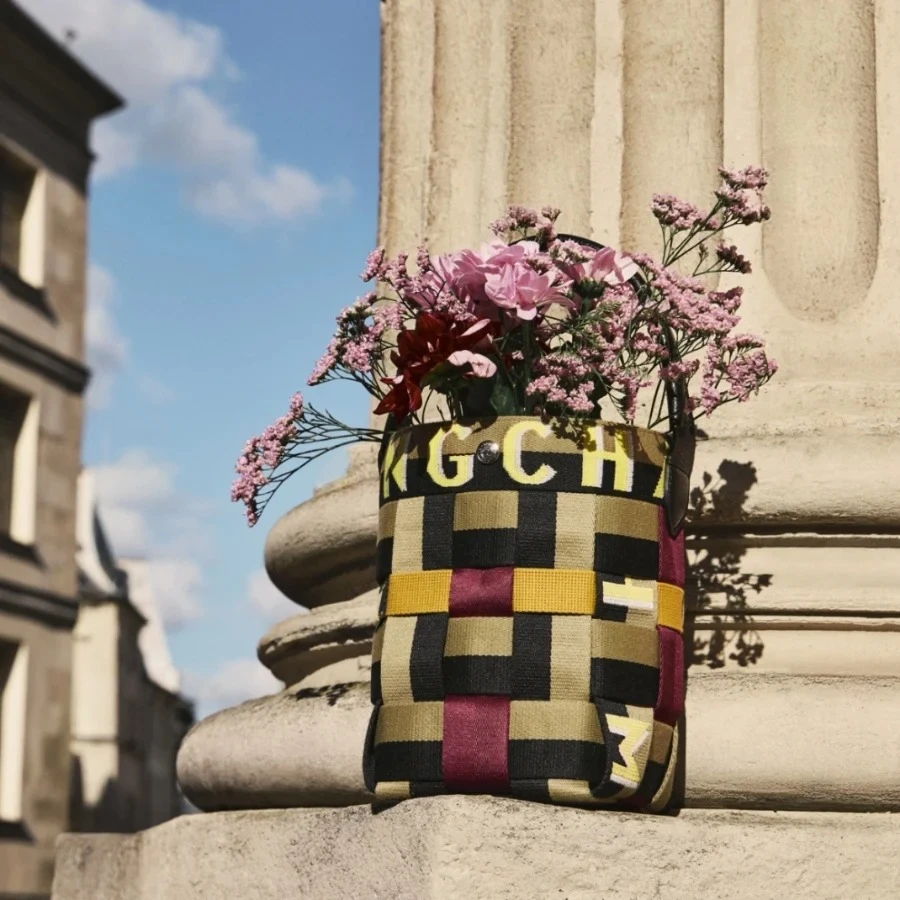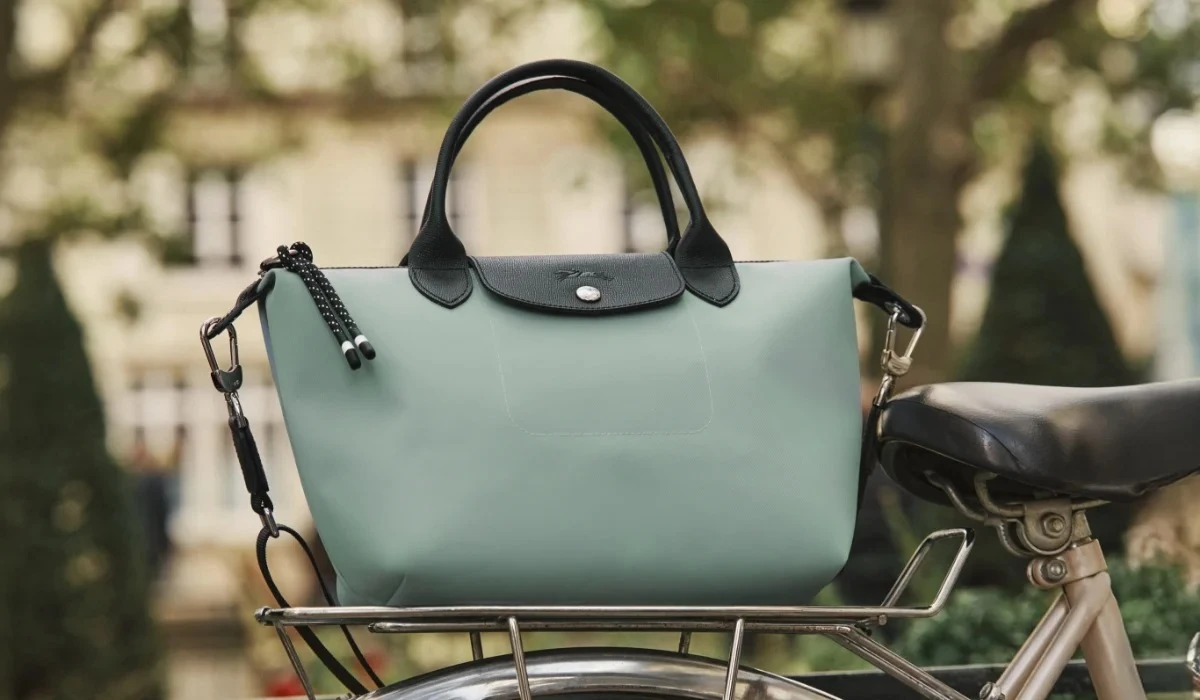REDUCING PHYSICAL FOOTPRINT
Longchamp is committed to optimizing its energy use, transportation, and logistics to reduce its environmental impact. To limit its carbon footprint, the Maison is localizing production, reducing air freight, and prioritizing sea transport. By supporting the Neoline project, Longchamp will begin using wind-powered cargo ships starting in summer 2025 — a move aimed at cutting transport-related carbon emissions by 60%. For the first time, the water footprint of the tanning process will also be measured, with results expected in 2025. This initiative is a key step toward better water resource management and minimizing overall environmental impact.
PROMOTING CIRCULARITY
Longchamp designs durable products, combining quality and repairability. The brand has developed an evaluation tool that assigns a score to each product based on several criteria: material waste, use of certified materials, ease of maintenance, durability, reparability, and recyclability. This tool guides teams, from design to manufacturing, in creating more eco-responsible products.
Longchamp is also strengthening its commitment to sustainability by developing new repair services, offering products a second life. Each product repaired represents a preserved resource and a reduced environmental footprint. In 2024, 75,000 products were restored, with 45,000 of those in Segré and 30,000 internationally.
Longchamp is embedding its expertise in a circular economy approach, blending durability with responsibility.

